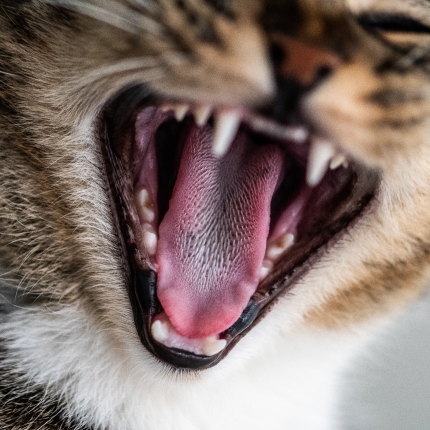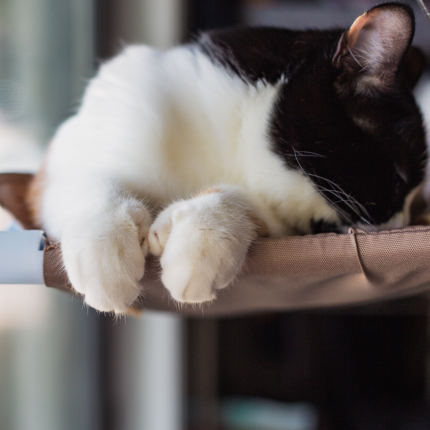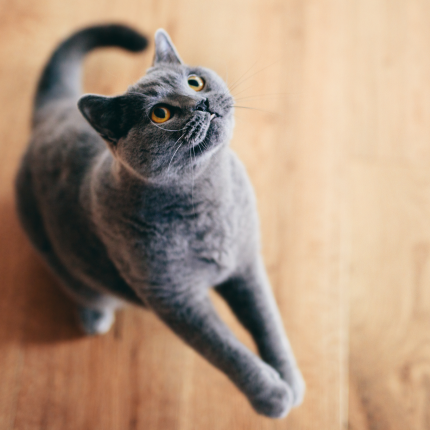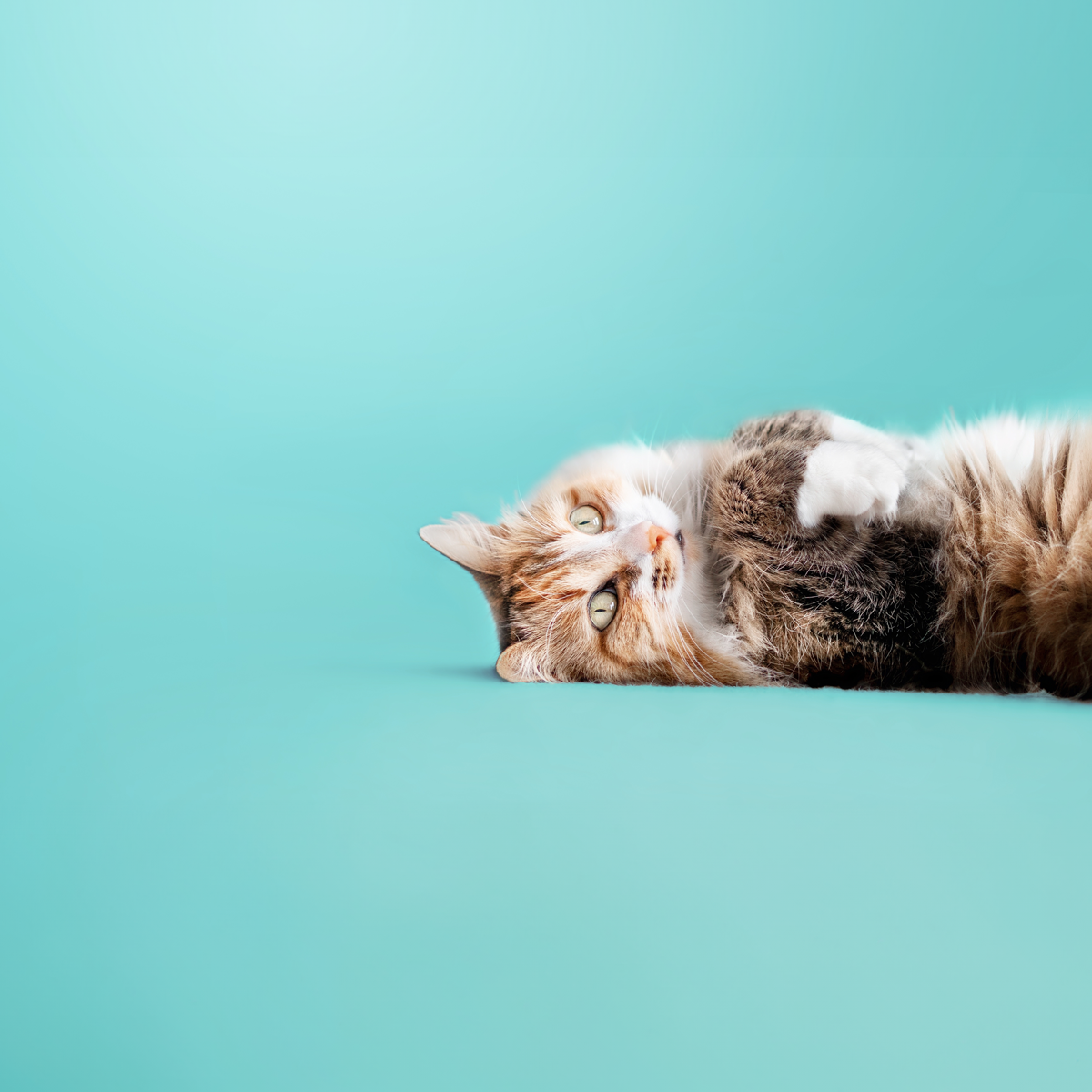Why Some Cats Are Chattier Than Others

Cats, known for their independent nature, have often surprised us with their vocal abilities. Some cats are chattier than others, engaging in what seems like full conversations with their humans. A new study has discovered that this “chatty” behavior might actually be written in their DNA.
[infolinks_inarticle]
The Chatty Cat Gene
Research from Kyoto University in Japan identified a gene variant that makes cats more likely to vocalize and purr at their humans. This discovery links to the androgen receptor (AR) gene, which affects how cats process hormones like testosterone. Variations in this gene, particularly in genetic repeats, influence whether a cat is more talkative.
The study, which analyzed the DNA of 280 mixed-breed cats, found that those with shorter versions of this gene were significantly more likely to vocalize or purr toward humans. Interestingly, the gene variant is more common in mixed-breed cats, especially those that were once strays, suggesting that vocalization might have served an evolutionary purpose for survival.
Why Are Some Cats More Vocal?
The study sheds light on how vocal cats might have had a survival advantage. In the wild, strays and feral cats that could effectively communicate with humans were more likely to secure food, shelter, and care. Cats that purred appealingly or made specific meows for food were more likely to thrive. Over time, this trait became more prominent in cats that needed to rely on humans for their survival.
What the Study Found
The research team found that cats with shorter gene variants (18 repeats or fewer) consistently scored higher on vocal behaviors such as purring and directed calls toward humans. The differences between cats with short and long gene variants were significant. Cats with short variants were much more likely to engage in vocal communication with humans, with some even having what seemed like conversations.
For male cats, those with short gene variants were especially vocal, making more directed meows and purrs toward their owners. Female cats, on the other hand, were more likely to display aggression toward strangers—another behavior linked to how they respond to unfamiliar situations, researchers believe.
Purebred vs. Mixed-Breed Cats
The study also compared the genetic patterns of domestic cats to those of their wild relatives, such as leopards and lions. Researchers found that wild cats typically had shorter gene variants, while domestic cats, particularly purebred ones, had longer gene variants. This suggests that the longer gene variants evolved as cats became domesticated.
Interestingly, purebred cats often have longer gene repeats, whereas mixed-breed cats—many of whom started life as strays—are more likely to have shorter repeats. The findings suggest that strays and mixed-breed cats needed to be more vocal in their interactions with humans for survival, while purebred cats were bred in controlled environments where human care was guaranteed.
What This Means for Cat Owners and Shelters
This research could have important implications for pet adoption. Genetic testing could eventually help shelters determine which cats are likely to be more vocal and social, allowing them to match pets with families who want a more chatty companion or a quieter one.
Additionally, understanding the genetic link between vocalization and survival could extend to wild cat conservation efforts. The same gene variants found in domestic cats are present in wild cats, making it possible to study how vocal behaviors evolve in nature and apply this knowledge to wildlife management.
[google_adsense_horizontal]
Final Thoughts
Cats’ vocal abilities are more than just a random trait. They’re part of an evolutionary strategy that helped some cats secure resources and survive in a world where they relied on humans for care. As researchers continue to uncover the genetic basis behind these behaviors, it’s clear that cats’ “chattiness” isn’t just a cute quirk—it’s written in their DNA.

Featured Articles

The Odd-Eyed Cat (AKA Heterochromia)
Cats are already beautiful and fascinating creatures, but people are bound to take notice when they have something as captivating as two different colored eyes. Odd-eyed cats always have one blue eye paired with either a green, yellow, or brown eye. This form of heterochromia occurs in other animals, including…

Polydactyl Cats: Just More Beans to Love
Polydactyl cats have become extremely popular in recent times. As a result, more and more people are interested in learning more about this six-toed cat and want to get one of their own. If you are a cat lover intrigued by polydactyl cats, you have come to the right place….

Greebles and Cats: The Origin and the Meaning
You may have seen an internet sensation concerning cats labeled “greebles.” Feel out of the loop? We’re here to help you. In 2019, Reddit user /user/literallyatree commented on a Reddit post about a cat that looks like it’s trying to slap a ghost. This user commented: “My family calls things…
